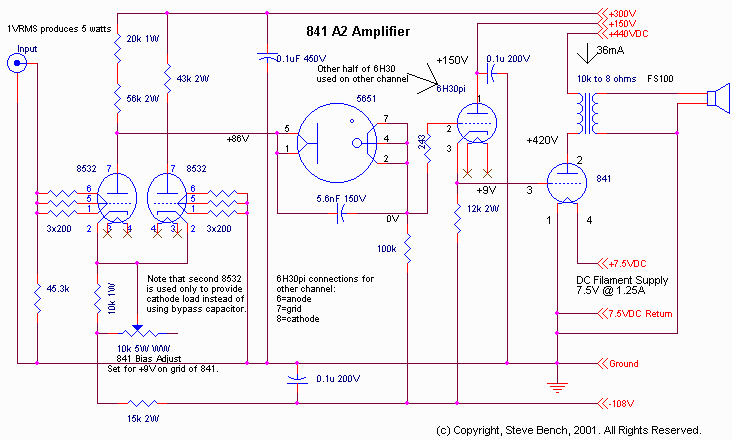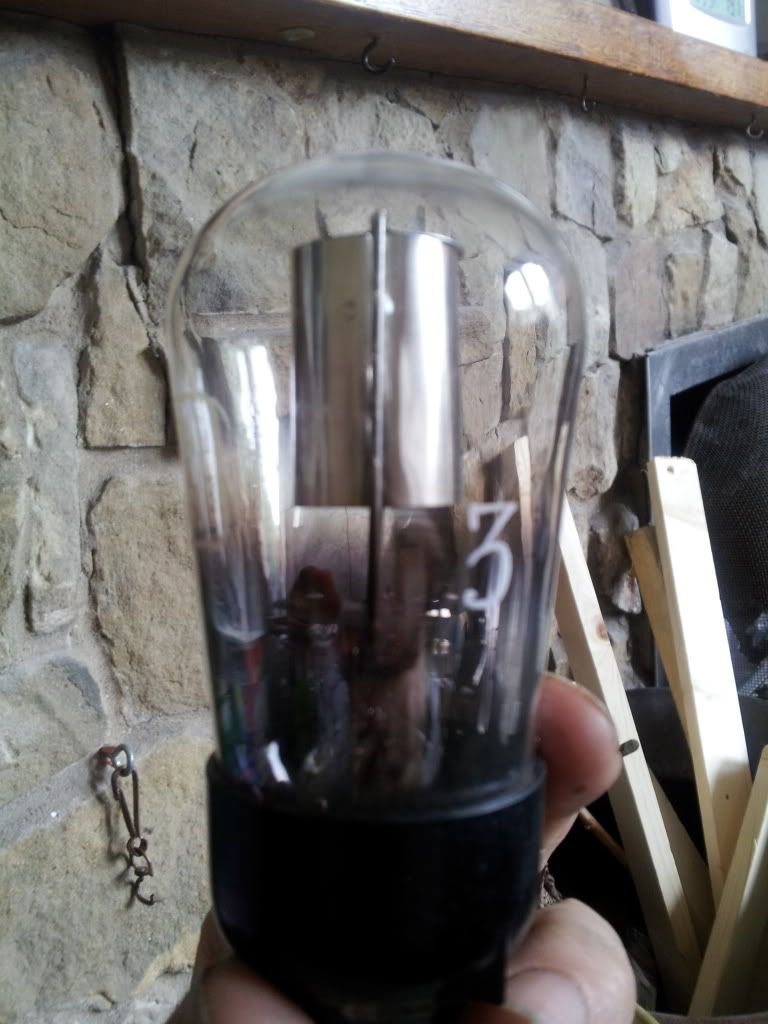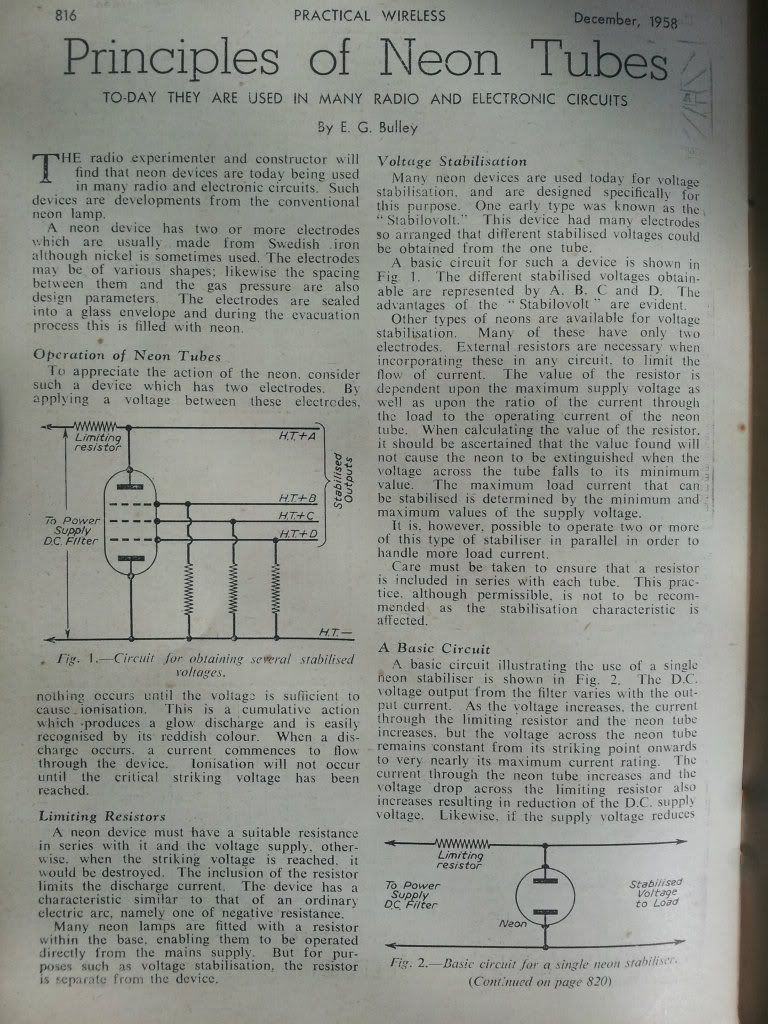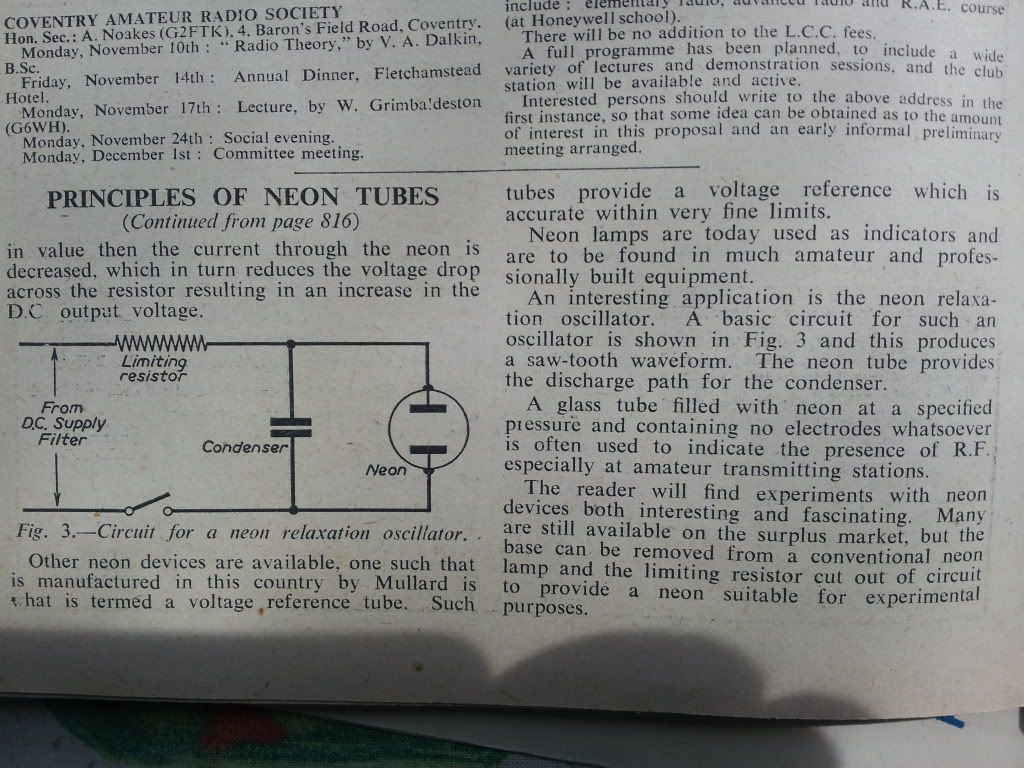As I have previously mentioned numerous times in various threads VR tubes are unstable.
My worst experience was about a year ago building a three stage direct coupled amp without capacitors or resistors in amp or power supply. The first turn on it fired a number of valves and VR tubes.
I am transparent here about my mistakes so others can learn without the expense.
What had I done wrong?
I had made the stupid assumption that what it said on the tin it did. With VR tubes this is not the case. they are a vague voltage reference.
After my disaster I learned that for such a design I had to know pretty well exactly what each VR would do at the expected currrent.
Every single VR you have to draw a graph of voltage against current. You will also find that some VR's are tight in regulation and some are extremely floppy in regulation. I don't mean some makes or some types (although there are type specific issues, that is not what I am referring to), I mean two supposedly identical VR's brand new out of the box, one will have a 7v variation within it's current range from min to max and another a 3v.
So I tested all of mine at one time and put on a piece of paper wrapped round the tight regulators their data the others I cast aside.
I am only saying this because I have never until now read it anywhere. As in practice the use of VR's has been a dead art for a long time, what was probably general knowledge in the past has been lost.
Anyway what inspired me to post this is I was trying to find my reference for the virtual cathode operation, and was wading through RDH4, to no avail (I am sure it wasn't in there I read it but I thought it was so complete it surely would cover it, but doesn't.) But in the regulator section it states:
pg 1,222 "The main limitation of all these regulators is the difficulty of obtaining a completely stable voltage reference, as gaseous voltage regulator tubes may stabilise at slightly different voltages when the unit is switched off and on again. This means that, although nearly perfect voltage regulation may be obtained, the voltage about which the regulation takes place is not always a constant value"
This is an additive problem to the ones I mention above. But I am glad to see that back in the day these things were realised. We are often in danger of picking out bits of prior art utilising them without understanding what was common knowledge at the time.
Then Fritz go on to say "this defect may be minimised by the use of a special voltage reference tube such as RCA type 5651."
I have therefore obviously ordered some.
The downside is that they only 87v and work within 1.5 to 3.5 miliamps.
But the usefulness of them is demonstrated by Stephie (who probably knew these things of which I speak but didn't go into detail, as Stephies site is already far greater detail than most and few people are ineterested enough to resolve the detail already contained within it.)
Stephie uses this VR in direct coupling in a way I had previously (even though I first read that page when it was brand new and we all talked about it on vintagetubestalk) not appreciated the brilliance of. Steve passes a current through this especially tight VR to strike it, and that is all the current it requires as the next duty of it is to pass the ac signal (aswell as set the dc conditions).
the brilliance of steve is he doesn't get the staibility problems I had when I used much floppier VR's on the cathodes (in place of the big resistor and cap in the FREE LUNCH clones).
Now the present cheap 6em7 amp uses a VR on the cathode at just one stage and it is working alright, it is nowhere near stable but the margin for error in operating point at one stage doesn't seem to matter to that degree. the problems come when you start cascading similar stages. This is why in this amp I wanted all the available gain of the VA section, to keep it two stage with only one voltage reference stage.
But for my next design of this nature I shall try this 5651 in the way Stephie implements it

Note the 243 ohm and 100k resistor form a voltage devider to exactly set the bias on the second valve, the VR shares some current through the anode load. In Stephies example a negative supply is required.
But considering the above mentioned facts it would be a significant imporovement and worth the extra complexity.
It is often the complexity of Stephies circuits which results in so few clones. But the more I learn the more I appreciate the need for the complexity.
PS if you don't implement the negative supply you run into problems loading the former stage as the 100k resistor sets the load resistance. the load of the valve would be infinate without this resistor. One other way around this complexed problem may be to use a grid choke for the load and series with it the required extra resistance (if any) to achieve the 2mA current through the 5651.



